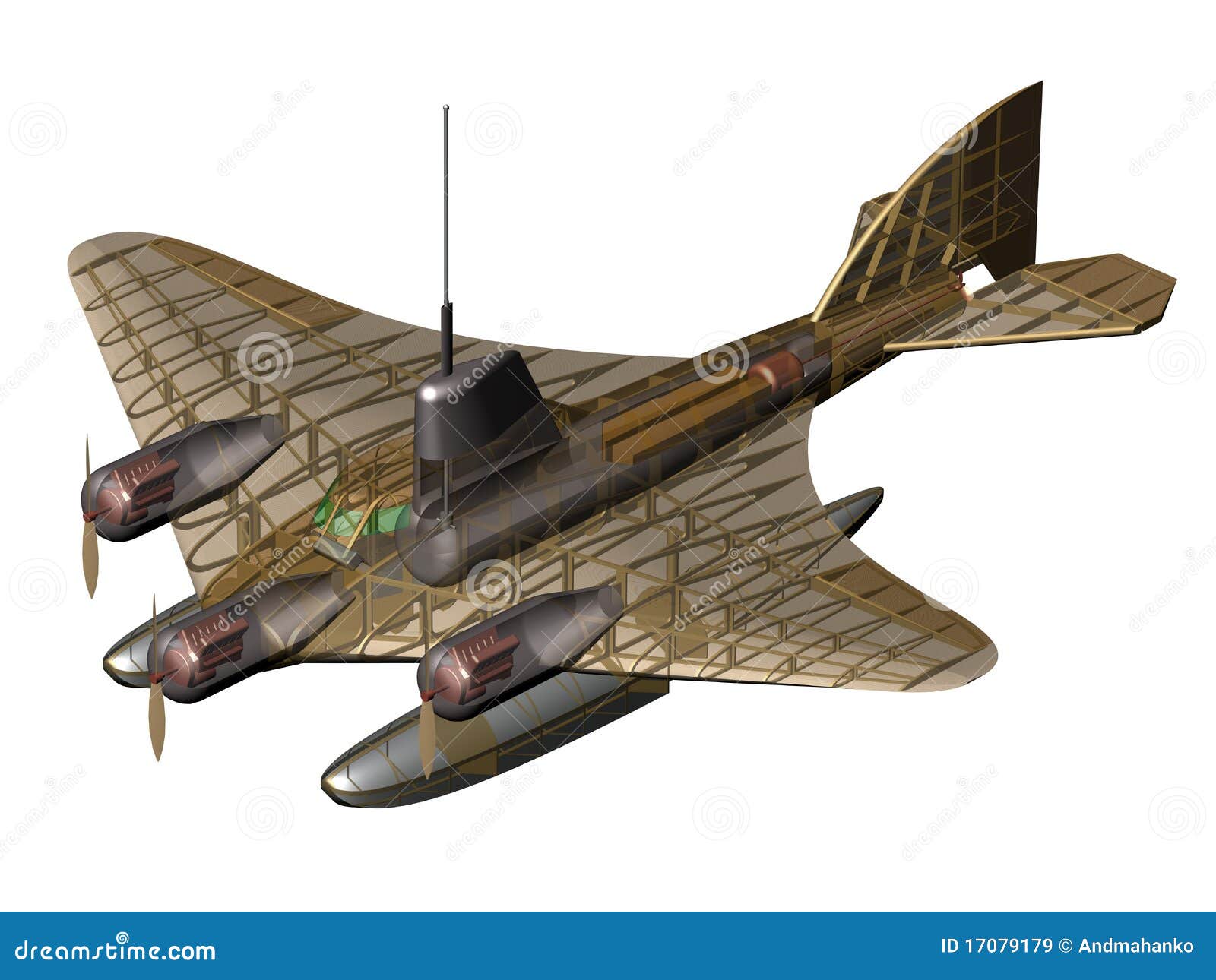It's a Ray, it's a Plane, nope it's LPL Flying Sub!
I was listening the FreeFall RC Podcast with Joshua Orchard last night. He says you should only tackle 1 new thing each project that way you can get good at it. I realized two things. 1. That's good advice and 2. I might be in trouble
This project will be tackling a great many new things for me, as ID'd earlier.
@ Hai-Lee - I plan on doing a system where the craft is just buoyant. so when power/signal is lost it floats to the surface. the intake Air tube and antenna will be located in the Periscope tube.
For those looking to try this in balsa I saw this in my searches:

I was listening the FreeFall RC Podcast with Joshua Orchard last night. He says you should only tackle 1 new thing each project that way you can get good at it. I realized two things. 1. That's good advice and 2. I might be in trouble
This project will be tackling a great many new things for me, as ID'd earlier.
@ Hai-Lee - I plan on doing a system where the craft is just buoyant. so when power/signal is lost it floats to the surface. the intake Air tube and antenna will be located in the Periscope tube.
Segment copied from here (Thank you RCSubGuy)Vented (Low Pressure) Ballast System:
The Vented Tank Model is not a truly static diving boat, but is rather a very close approximation.
In this system, the flood valve is opened and air leaves the ballast tank through the vent, which typically exits very high on the model, hidden as a periscope or mast. Water enters the ballast tank from the flood valve until the model is fully vented, at which time it will be sitting at “decks awash” or slightly positively buoyant. With the reduced buoyancy, the boat’s dive planes can now be used to pull the boat downwards and under the water with little effort and lower speeds.
To surface, the flood valve is closed and the positive buoyancy of the model brings the boat back up to the “decks awash” state. A small pump then pumps water out of the ballast tank, drawing in air from the surface through the vent mast.
Many times this system will be used in conjunction with another system that will allow the model to be taken to neutral or slightly negative buoyancy.
Pros: Simple system, very reliable
Slight positive buoyancy of the model is very safe
Cons: The boat must have the vent above the water’s surface in order to empty ballast tanks
Cannot statically dive

For those looking to try this in balsa I saw this in my searches:




































